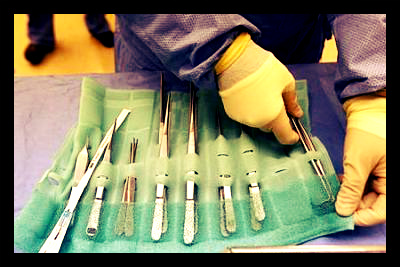
The HIV rate appears to be rising among Chinese people aged 15-24, according to HIV/AIDS specialists at the Chinese Center for Disease Control and Prevention. Between 2011 and 2012 the rate of new infection in youths increased 29% from 1,074 to 1,387. The overall new infection rate has quadrupled since 2007.
Another change in the demographics of China’s HIV infections is that transmission through sex, as opposed to intravenous drugs or infections in medical settings, accounts for 87.1% of new cases.
Between 2008 and 2012, the proportion of youth infected with HIV/AIDS almost doubled, and inconsistent use of condoms among men who have sex with men (MSM) in urban areas is considered to be a major factor, according to UNAIDS.
Of newly infected youth, 95% are men.
“The kinds of people suffering from AIDS have grown more varied and complex,” states Dr. Wang Ning, AIDS specialist at the Chinese Center for Disease Control and Prevention. “The direction of the development of the disease is from high-risk groups to groups that have traditionally been understood as low-risk groups,” including university students.
Homosexuality remains taboo in China, as well as frank conversations concerning sex, especially in rural areas.
China Radio International reports that there is a lack of sex education in Chinese schools and where sex education is taught, it is generally sex-segregated, with boys and girls only learning about their own gender.
During the 1990s, hundreds of thousands of people reportedly were infected with HIV from receiving contaminated blood and plasma. In what is widely considered a cover-up by officials in the Henan province, “blood-dealers” purchased poor farmers’ untested blood, pooled it, and returned the plasma to the farmers, causing a quick spread of HIV. The blood then entered hospitals and continued to infect people.
The black market economy was reportedly encouraged by local officials, including current Chinese Premier Li Keqiang who was a senior Communist Party official in the province at the time.
Li forbid NGOs and medical professionals from reaching those infected with HIV in Henan.
“It was because of Li’s cover-up of the AIDS epidemic that a large number of patients did not receive attention and died,” states HIV/AIDS advocate Hu Jia.
Contrary to China’s recent trends, HIV infections in the developing world have decreased over 50% since 2001, according to the Joint United Nations Program on HIV/AIDS.
The majority of this improvement has occurred in Sub-Saharan Africa, with Malawi, Namibia and Botswana seeing a roughly 70% decrease in new infections in the last 10 years.
However, infections in the Middle East and North Africa have increased 35% in the same timeframe, and rates in Eastern Europe and Central Asia appear to be rising as well.
Though there are serious concerns about rising rates among young people in China, rates of HIV remain relatively low. As a point of comparison, in 2010 there were 12,200 new cases of HIV for youths age 13-24 in the United States, a rate 12 times higher than that of China in a country with a quarter of China’s population.
Dr. Bernard Schwartlander, director at UNAIDS, reports that China is focused on getting HIV-positive people on antiretroviral drugs, which treat those infected as well as reduce the risks of infecting others. He also says that China’s HIV response has improved dramatically, with the country having one of the biggest harm-reduction initiatives, including needle exchanges and methadone clinics.
Such programs do not, however, directly address the spread of the infection through sex, and many in the country still believe that the government does not care about people with HIV/AIDS.
Hu Jia claims that the government merely pays lip-service to HIV/AIDS issues. She asserts, “Every year around December 1, the Communist Party[-led] administration appears very concerned [with HIV/AIDS issues]. But the media has never reported all the demonstrations and petitions or the suffering of the people with AIDS.”
– Kaylie Cordingley
Sources: New York Times, Al Jazeera, NPR, China Daily, CDC





